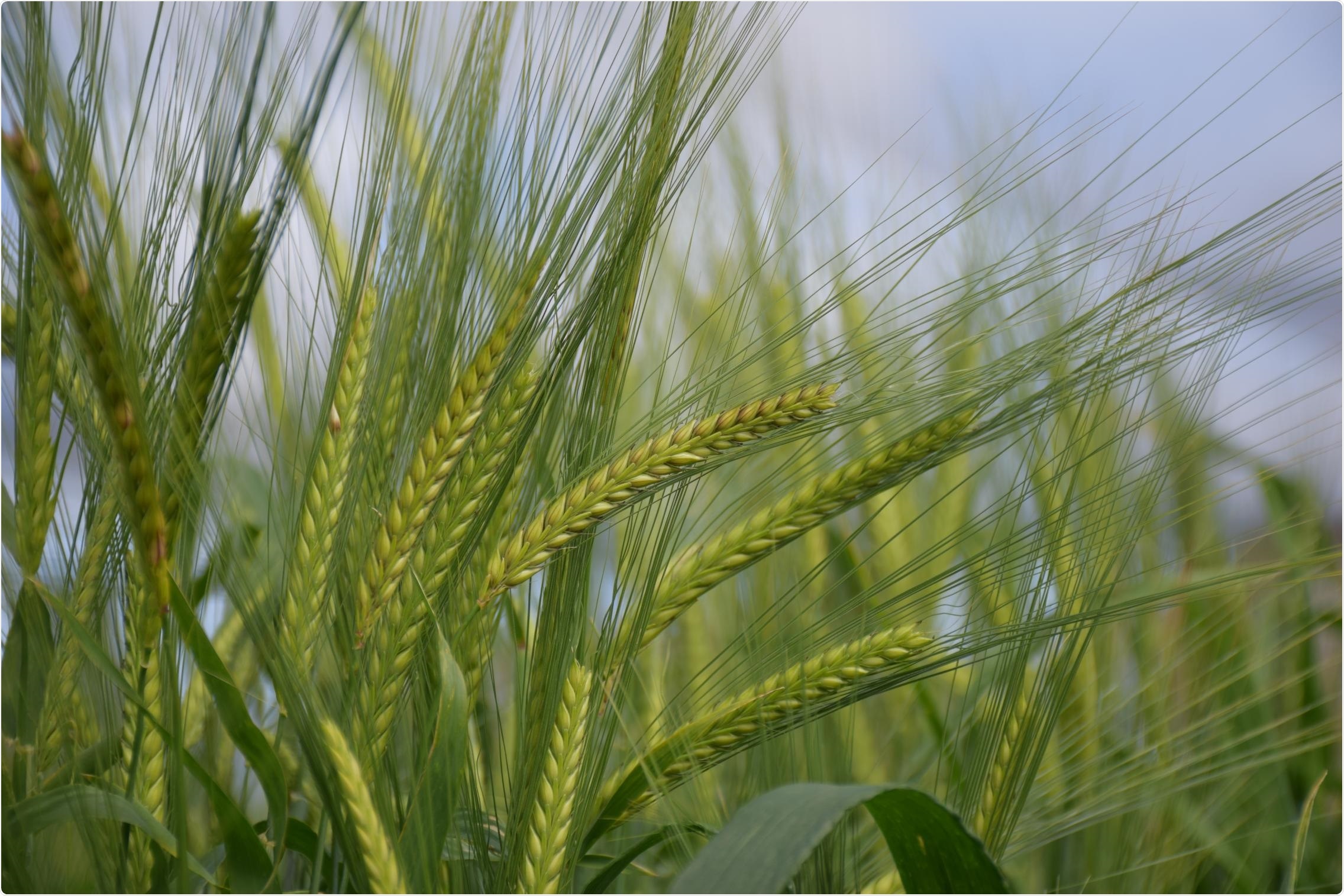An international group of plant researchers has demonstrated the ability to rapidly enhance the quality of barley grain using a genetic tool called CRISPR or gene editing.

Barley. Image Credit: Pixabay.
The team from the Waite Research Institute at the University of Adelaide, working in association with the James Hutton Institute in Scotland and other collaborators in the United Kingdom and Melbourne, explained how the concatenations of beta-glucan in barley grain can be governed by gene editing. The study was published in The Plant Journal.
Barley grain is comparatively rich in beta-glucan, a source of fermentable dietary fibre that protects against various human health conditions. However, crops with a low content of this compound are preferred for brewing and distilling.”
Matthew Tucker, Joint Senior Author and Associate Professor, University of Adelaide
Tucker continued, “The research has given us further insight into key genes responsible for barley grain composition and, by using CRISPR gene editing, plant breeders will have the potential to accelerate plant breeding and deliver new crop varieties that are best suited to their target markets.”
Tucker is also the Deputy Director of the Waite Research Institute.
The study was performed by Dr Guillermo Garcia-Gimenez during his PhD at the James Hutton Institute and the University of Adelaide. It is also the first published application of the CRISPR method to influence the quality barley grain in Scotland and Australia.
We used what’s called a reverse genetics approach, using CRISPR to generate changes in members of the gene superfamily responsible for making beta-glucan. The results led to specific differences in grain quality, composition and content of beta-glucan. We hope this work will contribute to creating awareness about the potential of this technique and we look forward to trialling the new plants in field conditions.”
Dr Guillermo Garcia-Gimenez, James Hutton Institute
Tucker added, “This study has brought real immediate benefit in terms of understanding how gene editing can help improve the quality of barley crops. And it’s part of our overall ongoing efforts to apply the latest genetic techniques to deliver improvements for the food and feed industries.”
Barley is Australia’s second most important cereal crop behind wheat, contributing around $3 billion to the economy. Despite recent market fluctuations, this discovery is important and opens the door to significant economic impact for breeders and growers.”
Matthew Gilliham, Professor and Director, Waite Research Institute, University of Adelaide
“The Waite Research Institute, in partnership with The International Barley Hub, is showing again that research in this area can yield great returns on investment in the basic understanding of barley,” Gilliham concluded.
Source:
Journal reference:
Garcia-Gimenez, G., et al. (2020) Targeted mutation of barley (1,3;1,4)-β-glucan synthases reveals complex relationships between the storage and cell wall polysaccharide content. The Plant Journal. doi.org/10.1111/tpj.14977.